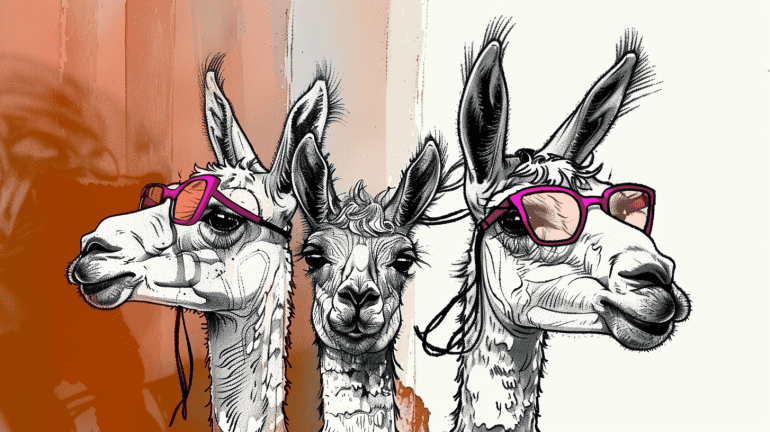- Nvidia introduces Llama3-70B QA/RAG model, revolutionizing conversational QA.
- Built upon ChatQA (1.0), it incorporates vast conversational QA datasets for enhanced performance.
- Two versions available: Llama3-ChatQA-1.5-8B and Llama3-ChatQA-1.5-70B.
- Models trained with Megatron-LM, now accessible in Hugging Face format.
- ChatQA methodology improves zero-shot conversational QA with LLMs.
- Dense retriever optimizes multi-turn QA, reducing costs and improving outcomes.
- Llama 3 sets new benchmarks, with exceptional performance and enhanced reasoning.
- Future goals include multilingual expansion and advancing core LLM functions.
Main AI News:
In the dynamic realm of Natural Language Processing (NLP), the landscape of human-computer interaction undergoes constant evolution with the emergence of advanced conversational Question-Answering (QA) models. Nvidia has recently unveiled the highly competitive Llama3-70B QA/RAG fine-tune, representing a significant milestone in Retrieval-Augmented Generation (RAG) and conversational QA.
Derived from the ChatQA (1.0) model, the Llama3-ChatQA-1.5 model stands out as a remarkable achievement, leveraging the robust Llama-3 base model along with refined training methodologies. Noteworthy is its integration of extensive conversational QA datasets, enhancing the model’s capabilities in tabular and arithmetic computations.
Presenting two variants, Llama3-ChatQA-1.5-8B and Llama3-ChatQA-1.5-70B, this state-of-the-art model boasts 8 billion and 70 billion parameters, respectively. Originally trained using Megatron-LM, these models have now been converted to the Hugging Face format for broader accessibility and ease of use.
Expanding on the success of ChatQA, a suite of conversational QA models demonstrating performance akin to GPT-4, Llama3-ChatQA-1.5 introduces innovative methodologies. Notably, ChatQA enhances zero-shot conversational QA outcomes with Large Language Models (LLMs) via a unique two-stage instruction tweaking approach.
Employing a dense retriever optimized on a multi-turn QA dataset, ChatQA efficiently manages retrieval-augmented generation, thus reducing implementation costs while delivering outcomes comparable to advanced query rewriting techniques.
As Meta Llama 3 models redefine industry benchmarks, the transition to Llama 3 represents a pivotal moment in AI advancement. With models boasting 8B and 70B parameters, they demonstrate exceptional performance across various industrial benchmarks, underpinned by enhanced reasoning capabilities.
The Llama team’s vision extends to broadening Llama 3’s reach into multilingual and multimodal domains, enriching contextual comprehension, and continually advancing core LLM functions such as code generation and reasoning. Their overarching goal is to provide sophisticated yet accessible open-source models, fostering innovation and collaboration within the AI community.
The output of Llama 3 surpasses that of its predecessor, Llama 2, setting a new standard for LLMs across the 8B and 70B parameter scales. Significant advancements in pre- and post-training protocols have notably enhanced response diversity, model coherence, and critical competencies, including reasoning and adherence to instructions.
Conclusion:
Nvidia’s release of the Llama3-70B QA/RAG model signifies a significant leap forward in conversational AI. With enhanced capabilities and performance, these models are poised to reshape the landscape of natural language processing, setting new standards for industry benchmarks and fostering innovation in the AI community.

